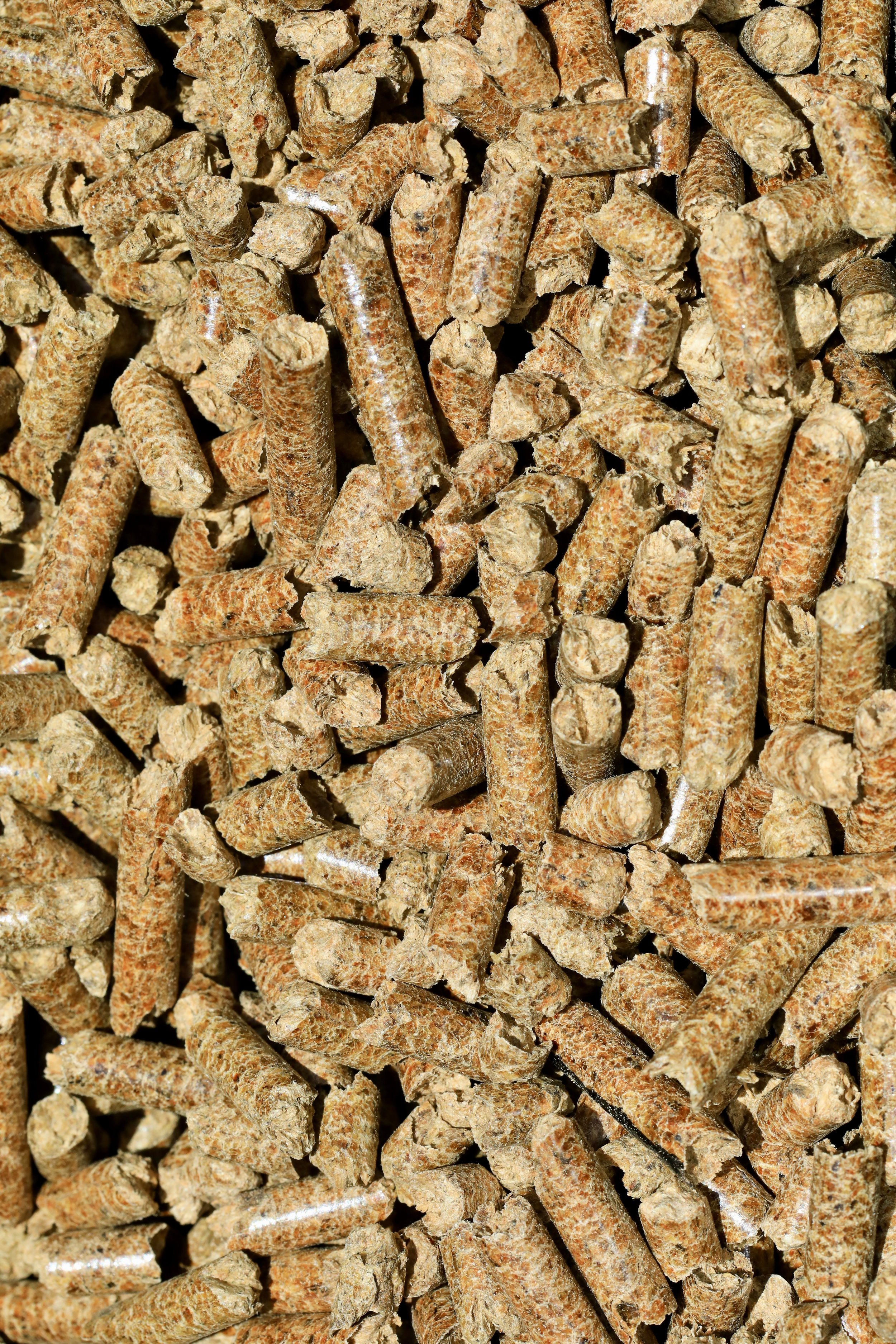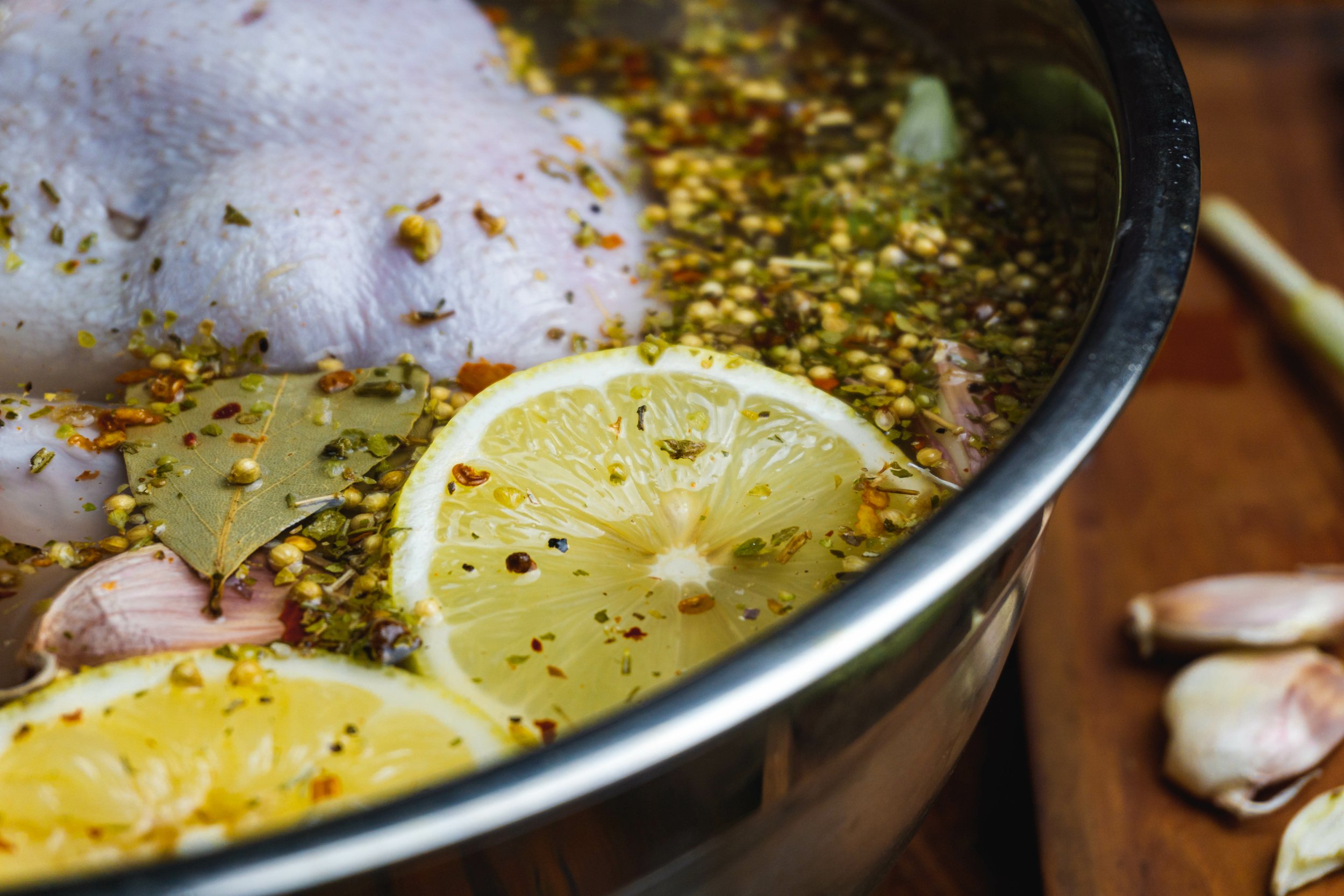Best Pellets to Smoke a Turkey
Turkey is often considered one of the best things to smoke on a smoker. Smoking a turkey can turn an ordinary meal into a flavor-packed feast that will impress any crowd. The key to achieving that perfect smoky taste lies in choosing the right pellets, brining techniques, and smoking methods. In this guide, we'll cover everything you need to know to smoke a turkey that’s juicy, tender, and bursting with flavor.
Selecting the Ideal Pellet Flavors for Turkey
Choosing the right wood pellets is crucial for achieving that perfect balance of smoke and flavor. Each type of wood can offer a different taste (just like different types of smokers can provide a different flavor), and finding the right one to pair with turkey will make all the difference.
Flavor Profiles and Recommendations
Different types of wood deliver different flavors when smoking meat. Here are some great options to consider for smoking turkey:
Fruit-Based Pellets
Fruitwood pellets are known for their sweet and subtle flavor profiles, which complement the lighter taste of turkey beautifully.
Cherry Pellets:
Cherry wood pellets are fantastic for smoking turkey. They offer a mild, slightly sweet flavor that pairs well with the natural taste of the meat. They are also great for other types of meat such as ribs, beef, chicken, pork, and lamb, making them a versatile choice if you plan to smoke other meats as well.
Apple Pellets:
Apple wood pellets provide an even more delicate flavor than cherry. They bring a gentle sweetness to the turkey without overpowering its natural flavors. Apple pellets are ideal for poultry, pork, vegetables, and even baked goods.
Nut-Based Pellets
For those who prefer a slightly bolder yet still balanced flavor, nut-based pellets are an excellent choice.
Pecan Pellets:
Pecan wood pellets offer a unique, rich flavor that's not as intense as hickory or mesquite but still more assertive than fruitwoods. They provide a sweet and spicy taste that pairs wonderfully with turkey, adding a distinctive signature flavor to your smoked dishes.
Specialty Blends
Specialty blended pellets often combine various types of wood to deliver a balanced and nuanced flavor.
Turkey Blend Pellets:
The Turkey Blend Pellets, usually a mix of maple and a small amount of hickory, are designed specifically for smoking turkey. They also often come infused with herbs like rosemary, earning them high marks for convenience and flavor. These pellets are tailored to provide a moderate amount of smoke and a delicate blend of sweet and savory flavors, perfect for turkey.
Preparing Turkey for Smoking
Before you can achieve that mouth-watering smoked turkey, you need to properly prepare the bird. This includes brining to add moisture and flavor, and applying seasonings to enhance its taste.
Brining Techniques
Brining is a crucial step that helps to keep the turkey juicy and flavorful during the smoking process.
Overnight Dry Brine with Salt:
An overnight dry brine involves generously sprinkling salt all over the turkey and letting it sit in the refrigerator for 24 hours. The salt will draw out moisture from the turkey initially, but then it will reabsorb it along with the flavors of the seasoning, resulting in a juicier turkey.
72-Hour Frozen Brine with Apple Cider, Orange Juice, Salt, Water, and Lemons:
For an extra-special touch, you can try a 72-hour frozen brine. Mix apple cider, orange juice, salt, water, and sliced lemons in a large container. Submerge the turkey in the brine and let it sit in the refrigerator for up to three days. This extended marinating time allows the flavors to penetrate deeply into the meat.
Enhancing Flavor
Adding flavors during the preparation stage can make your smoked turkey even more delectable.
Using a Turkey Rub:
After brining, pat the turkey dry and apply a spice rub. A good turkey rub can be as simple as a mix of salt, pepper, garlic powder, and paprika. The rub will create a flavorful crust on the outside of the turkey, adding an extra layer of taste.
Incorporating Citrus Butter Under the Skin:
Another way to infuse the turkey with flavor is to use a citrus butter mixture. Gently lift the skin of the turkey and spread a blend of softened butter, lemon zest, and herbs underneath. This not only adds flavor but also helps keep the turkey moist.
Smoking Tips and Best Practices
Smoking a turkey involves more than just putting it on the grill and adding wood pellets. Here are some key tips to get the best results.
See also: Smoking a Whole Chicken
Managing Temperature and Time
Controlling the temperature and timing of your smoker is essential for achieving a perfectly cooked turkey.
Initial Smoking Temperature and Adjustments:
Start by preheating your smoker to 225 degrees Fahrenheit. This low temperature will allow the turkey to absorb the smoky flavors deeply. Keep it at this temperature until the turkey's internal temperature reaches about 100 to 110 degrees Fahrenheit.
Final Temperature Settings to Ensure Crispy Skin:
Once the turkey reaches the initial target, increase the smoker’s temperature to 300 degrees Fahrenheit to finish the cooking process. This higher heat will help to crisp up the skin, giving you that delicious, golden-brown exterior.
Monitoring Internal Temperature
Monitoring the internal temperature of your turkey is crucial to ensure it's cooked safely and perfectly.
Optimal Internal Temperature for Doneness:
Use a meat thermometer to keep an eye on the turkey’s internal temperature. The magic number to aim for is 165 degrees Fahrenheit. This ensures the turkey is fully cooked while remaining juicy and tender.
Maintaining Moisture
Keeping the turkey moist throughout the smoking process is vital for succulent results.
Regular Oil Spraying:
Spray the turkey with oil or melted butter every hour to keep the skin from drying out and to add an extra layer of moisture.
Stuffing the Cavity with Fruits and Vegetables (e.g., Apples and Onions):
Stuff the turkey cavity with fruits and vegetables like apples and onions. This will not only add flavor but also help to keep the meat moist as it smokes.
Techniques for Smoking Turkey
While smoking a turkey, you can use various techniques to ensure it cooks evenly and retains its moisture and flavor.
Spatchcocking for Even Cooking
Spatchcocking involves removing the backbone of the turkey and flattening it out. This technique allows the turkey to cook more evenly and reduces the overall cooking time. Plus, you'll get more surface area for that delicious smoky flavor to penetrate.
Use of Basters and Basting Trays
Basting your turkey regularly can help maintain moisture and add flavor. Use a baster to suck up juices from the basting tray and pour them over the turkey. Doing this every 30 minutes or so will keep the turkey juicy and flavorful.
Troubleshooting: Having a Backup Plan (Oven Ready)
Sometimes, things don’t go as planned. Have a backup plan ready by preheating your oven. If the smoker isn't cooking the turkey as quickly as expected or the weather isn't cooperating, you can finish cooking the turkey in the oven to ensure it's done on time.
Recommended Smoked Turkey Recipes
Once you’ve got the basics down, it's time to try some delicious smoked turkey recipes. Here are a few to get you started:
Smoked Turkey:
This classic recipe combines the art of smoking with a versatile rub to produce a succulent, smoky turkey perfect for any occasion.
Smoked Turkey Legs:
Everyone loves a good turkey leg! This recipe focuses on making the drumsticks juicy and flavorful, turning them into a hit at the dinner table.
Spatchcocked Smoked Turkey:
Learn how to prepare and smoke a spatchcocked turkey, resulting in a bird that's evenly cooked and loaded with flavor.
Don’t forget to check out our article on the best sides to go with smoked turkey.
Frequently Asked Questions on Smoking Turkey with Pellets
What are the best pellets to use for smoking turkey?
The best pellets for smoking turkey are typically lighter woods like apple or cherry, or specialty blends designed specifically for poultry, such as the Turkey Blend Pellets.Do I need to brine the turkey before smoking?
Yes, brining is strongly recommended as it helps to keep the turkey moist and infuses it with additional flavors.Can I use a fruitwood blend for smoking turkey?
Absolutely! Fruitwood blends like cherry and apple are excellent choices as they provide a subtle sweetness that complements the natural flavor of turkey.Do I need to baste my turkey while smoking?
Basting is not necessary, but it can help keep the turkey moist and add flavor. If you choose to baste, do so every 30 minutes or so with oil, melted butter, or the turkey’s own juices.What should I stuff inside the turkey cavity?
You can stuff the turkey cavity with fruits and vegetables such as apples, onions, and herbs. This adds flavor and helps keep the turkey moist during smoking.What should I do if the turkey isn't cooking evenly?
If the turkey starts to cook unevenly, consider using the spatchcocking method to ensure even cooking. Alternatively, you can finish cooking the turkey in the oven.What’s the best way to monitor the internal temperature of the turkey?
Use a meat thermometer to monitor the internal temperature. Insert it into the thickest part of the turkey's breast and thigh. The turkey should reach an internal temperature of 165 degrees Fahrenheit for safe consumption.Can I smoke a turkey overnight?
Smoking a turkey overnight is possible if you maintain a consistent smoker temperature and monitor the turkey’s internal temperature. However, it requires careful planning and frequent checking to ensure safety and the best results.
Now that you're armed with all the information you need, it's time to get smoking! Enjoy the process and savor the delicious results of your perfectly smoked turkey.
See also: Best Portable Fire Pit






